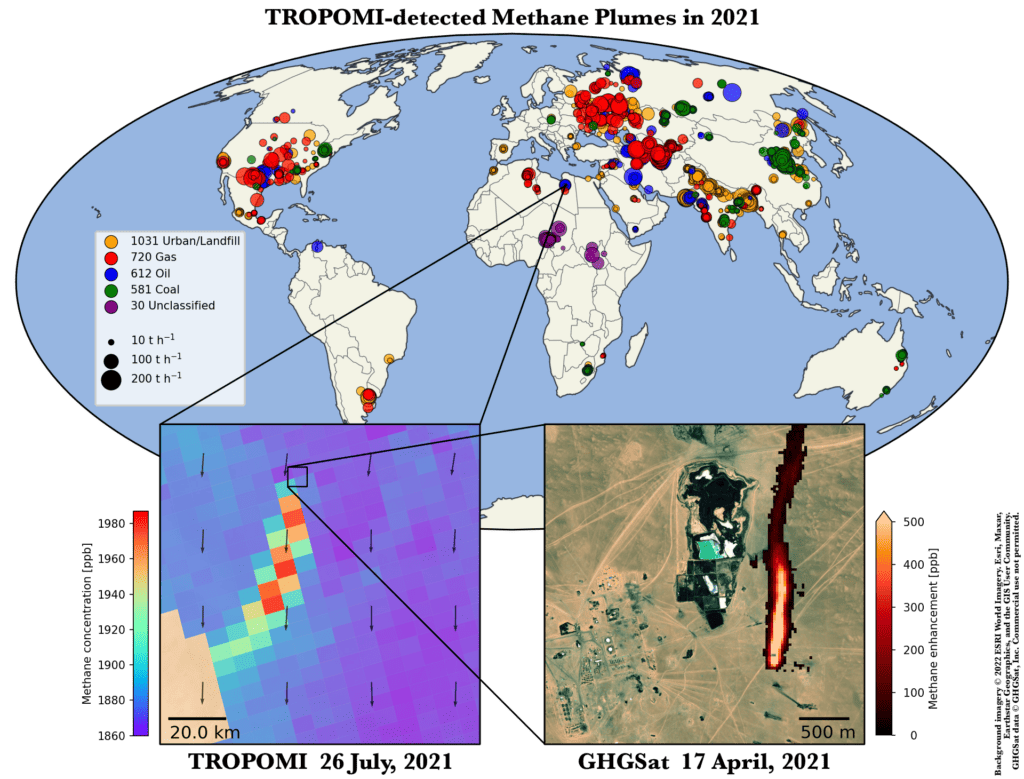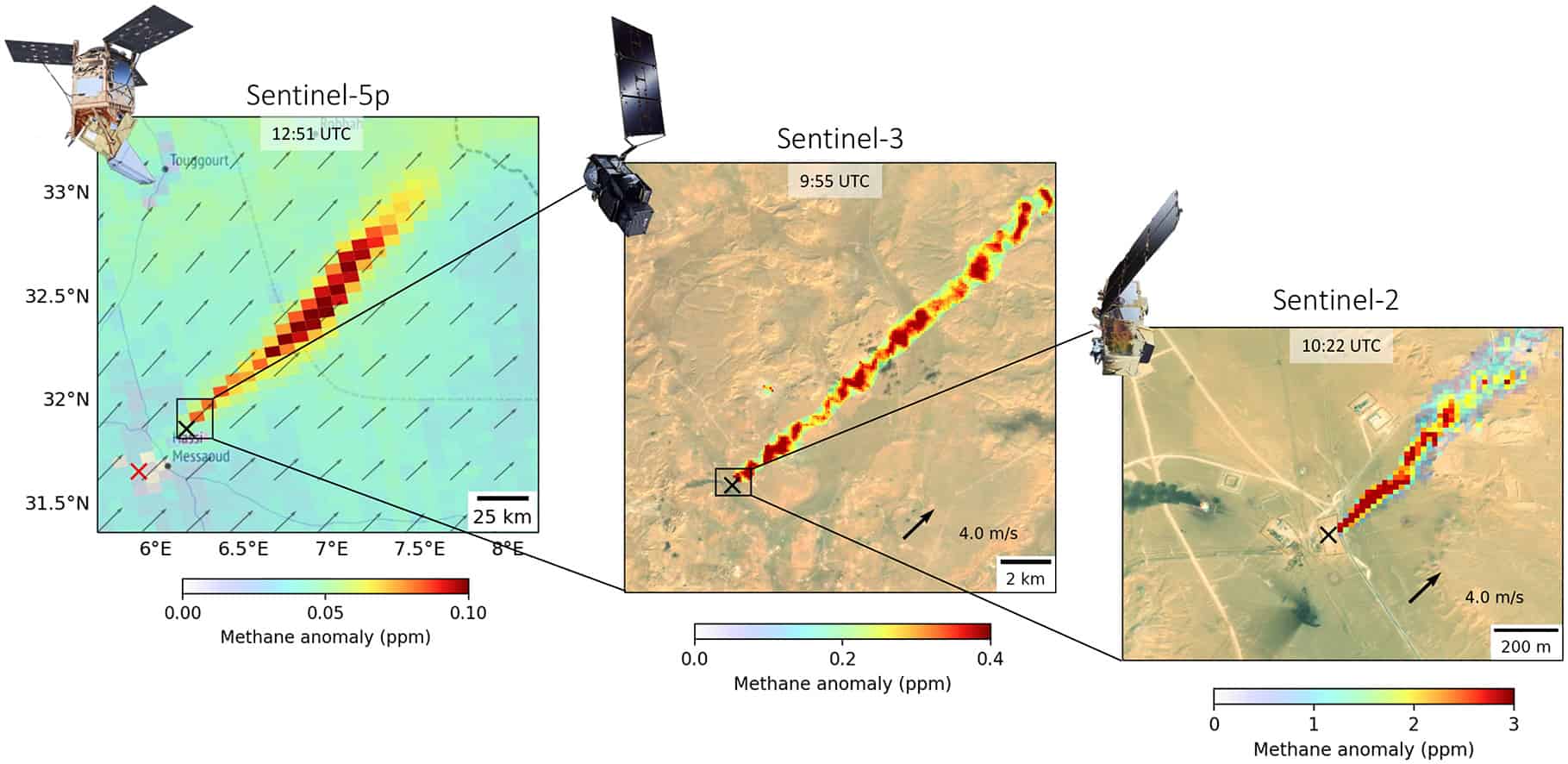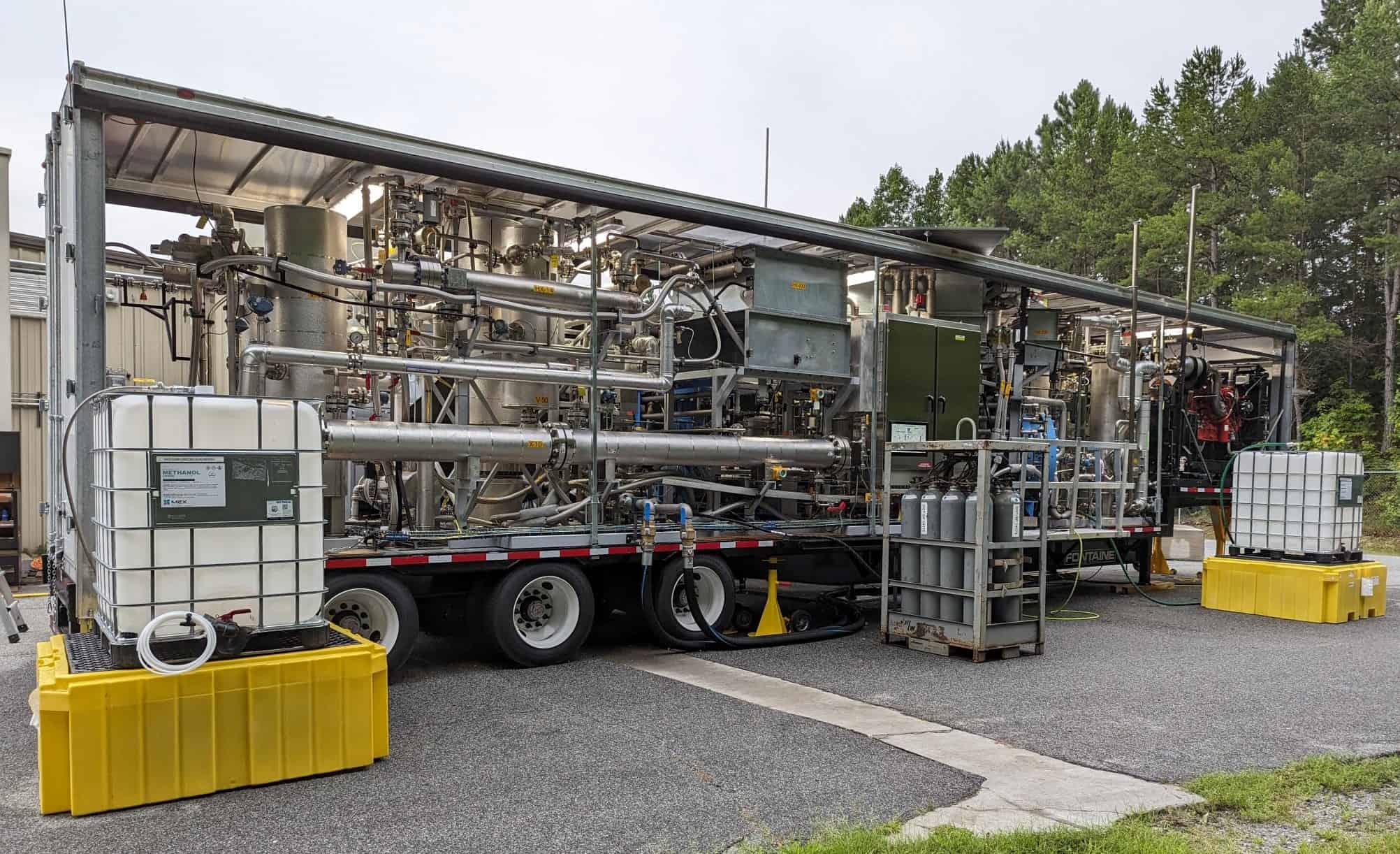
Researchers from SRON, KNMI, TNO, and TU Delft, utilizing the TROPOMI space instrument, have detected significant methane emissions from landfills and fossil fuel operations. They are advocating for the country to lead in identifying and mitigating these ‘low-hanging fruits’ of greenhouse gases worldwide. Atmospheric scientist Jochen Landgraf underscores the urgency and capability of the Netherlands to make a substantial impact on methane inventory at a local scale, presenting a prime opportunity for global environmental leadership.
Methane is an invisible, odorless gas, yet its impact on global warming is profound and measurable. Researchers from the Netherlands are pushing for their country to harness its advanced technological capabilities to lead the charge in global methane monitoring, which could significantly influence the fight against climate change.
Advanced satellite technology
At the crux of the Dutch proposition is the TROPOMI space instrument, a testament to the country’s experience in satellite technology. Since 2017, TROPOMI has provided daily global coverage of methane emissions, albeit at a low resolution. These observations have brought massive methane plumes from landfills and fossil fuel extraction sites to light. However, it’s widely acknowledged that these findings represent just the “tip of the iceberg” regarding global methane emissions.
Aaldert van Amerongen from SRON, affiliated with the Dutch Clear Air Consortium, has highlighted the pivotal role the Netherlands can play in this arena. The consortium, which includes national institutes such as KNMI, TNO, and TU Delft, is driving the development of the TANGO satellite, which is set to measure CO2 and methane emissions from 2027. This initiative aligns with the urgent need for improved monitoring articulated by Pepijn Veefkind of KNMI, emphasizing the necessity to track greenhouse gas emissions globally, frequently, and down to the individual polluters’ level.
Local action for global impact
The TANGO satellite project is particularly significant because it promises to provide a granular understanding of local emission sources. Kees Buijsrogge from TNO points out the critical need to identify these sources to enable countries to formulate more effective emission reduction policies. This localized approach is essential, as it empowers nations to take targeted action against significant methane emitters, thereby making a tangible difference in the global methane footprint.
The Clear Air consortium’s work transcends mere atmospheric monitoring; it’s a concerted effort to support climate action while reducing air pollution and biodiversity loss. By drawing on the expertise of institutions like TU Delft, the consortium is not just contributing to the scientific understanding of emissions but is also advocating for a transformation in policy and practice that can lead to real-world environmental benefits.
The urgency of cutting methane emissions
Methane emissions account for a significant 45% of net global warming, making it a critical target for climate action. As the world grapples with the escalating effects of climate change, the role of leaders in methane monitoring becomes ever more crucial. The Netherlands, with its advanced satellite technology and a consortium of committed researchers, stands at the threshold of assuming such a role, potentially setting a standard for countries around the globe.








